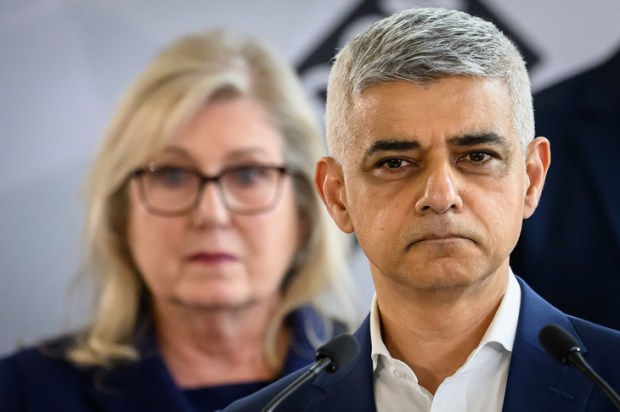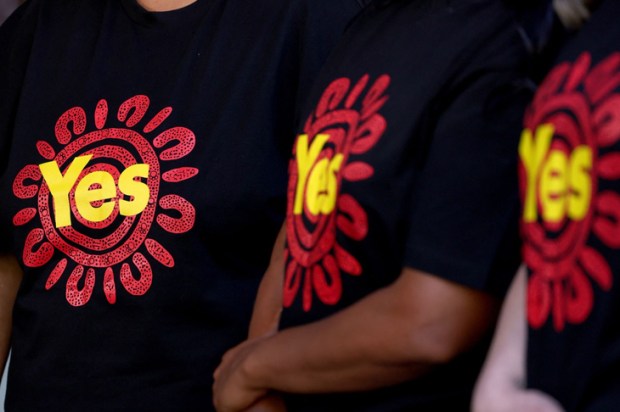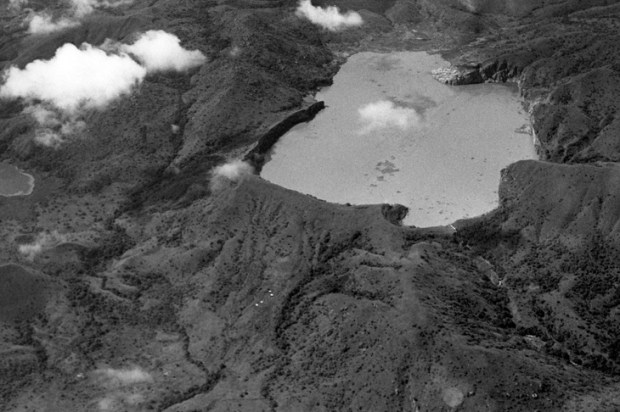Does anyone remember the Multifunction Polis? It was doing the rounds in the late 1980s, sponsored by Labor industry minister, John Button. It was going to be the next big thing, although no one could actually explain what it was going to be.
There was supposedly some Japanese money available, but I’m not sure too much was ever stumped up. I remember asking someone whether the MFP was a sort of resort with a golf course attached. The response was a withering look. It was going to be so much more, located in an area of Adelaide that resembles Mars. ‘Where is your imagination, Judith?’ was the clear implication.
Happily, the dream – or should that be nightmare? – never came to fruition. And the millions of dollars expended were quietly written off. But there were still some true believers – the MFP was the future evidently.
All governments waste money, some waste more money than others. Prime ministers will always indulge some follies and other senior ministers, depending on their connection with the PM, will be also given some cash to play with. But it is a matter of degree.
The key is the framework that the government brings to bear when determining these handouts, which in turn affects the overall degree of largesse. Until Albo and Jimbo took up their positions on the government benches, the accepted guidelines for government spending were along the following lines:
– spending should be targeted at the most disadvantaged as well as the defence and other necessary infrastructure of the nation;
– governments should not attempt to displace the role of the private sector;
– government payments must equate government revenue over the business cycle;
– government spending should overwhelmingly be accounted for on-budget.
But Albo and Jimbo are not having a bar of any this. Clearly the memo that the era of low inflation and cheap money is over hasn’t been read by the intrepid duo. They talk bizarrely about ‘crowding in’ private investment, rather than crowding it out. We are told that churn and change are inevitable, but we must have ‘security in churn and change, not security from churn and change’, according to Jimbo. (Who writes this drivel? Jimbo himself?)
I must admit to having been fooled by our Treasurer. I was inclined to dismiss that appallingly verbose and clumsy essay he wrote for the hard-left Monthly, on reinventing capitalism, as irrelevant wallpaper. He’d barely got his feet under the desk and there wasn’t too much to do.
In time, I had assumed Jimbo would realise that being the Treasurer is a serious role. Not only are there a great many technical details to consider, but the main responsibility is to ensure prudent budgetary management. The big-spending ministers will always be keen to spend great dollops of other people’s money and every decent treasurer forcefully needs to rein in their ambitions.
But I was wrong. He actually goes along with all this new age twaddle; you know the stuff about protection being the new competition, handing out billions of dollars to private sector spivs to bolster our national security. Of course, he wouldn’t have a clue whether an investment proposal represents good value or is a try-on, having worked his whole life in politics. But nor would anyone who works in his office or in the bureaucracy.
One of the most alarming aspects of this latest cash splash for greedy panhandlers is the complete failure to recall the lessons from the time this idiocy was last in fashion – the Victorian Economic Development Corporation, Tricontinental Bank, the State Bank of South Australia and WA Inc. are all examples.
The words were all the same. Taxpayers were asked to promote various forms of economic activity favoured by the political classes in the (false) expectation that there would be financial returns down the track. What we were expected to believe was that there were failures in the financing market and good opportunities were being foregone.
Governments had to intervene by providing funding/guarantees/concessions and great things would result. In a number of cases, state-owned entities including insurance companies were used to make huge financial bets, most of which turned sour.
It really is too depressing to recall the events of that wacky period and the shady figures that occupied centre stage for a while before some of them headed for the clink. The tiny State Bank of South Australia even had an expensive office in Manhattan because the very peculiar CEO at the time believed that the state didn’t want to miss out on the real estate boom that was happening on the east coast of the US. This bank was well known for offering loans for dodgy projects to dodgy types who were unable to obtain finance anywhere else.
Government guarantees were handed out like confetti and were never booked as potential liabilities in government accounts. It was often called state development, which had a certain ring to it. But it really was just crony capitalism at its worst, with some highly dubious individuals cashing in on the opportunities. Who can forget Ian Johns who headed up the Tricontinental Bank that blew up? Actually, who can remember him? He looked and spoke like someone more suited to selling life insurance policies. But there was Laurie Connell over in the West who formed a strong partnership with the true-believing premier of the day, Brian Burke. Other cast members included Alan Bond and Kevin Parry.
For anyone who was an adult during those years, the only plausible conclusion to draw is that we must never repeat this experiment of handing out unjustified subsidies to shady ne’er-do-wells who pretend to have dead-cert projects if only they could secure finance.
But Albo and Jimbo think they know better and, with the public service even less competent than decades ago, it’s somehow going to be different this time. After all, the government has made it an explicit aim for the country to become a renewable energy superpower, a term without any analytical content but what the heck.
And what could go wrong with B1 going around muttering mind-numbing platitudes like the ‘sun and wind don’t send us a bill’ and Australia has more sunlight than other countries? Sub-Saharan Africa also has a lot of sunlight but no one thinks that it’s going to be any sort of superpower as a result.
From the current perspective, the MFP looks like an incredibly cheap round. After a year or two of arm-waving and ‘blue sky thinking’ – yep, I can get with the program – the wily John Button quietly pulled the pin. And we quickly forgot about it. Just don’t expect a quick termination of the Future Made in Australia boondoggles – well, unless they go broke before the government’s patience wears out.
Got something to add? Join the discussion and comment below.
You might disagree with half of it, but you’ll enjoy reading all of it. Try your first month for free, then just $2 a week for the remainder of your first year.













